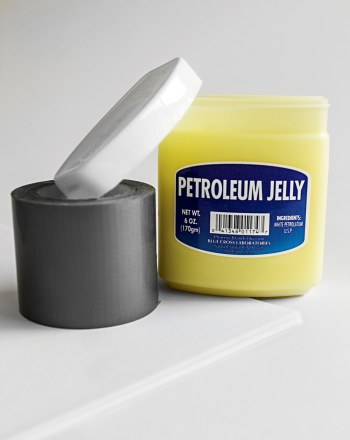
Cargando...
Zer egin dezaket?
224318 materialEducativo
textoFiltroFichatipo de documento Lur eta Ingurumen zientziak - Esperimentua/Praktika
Baliabide honi buruz...

When we look around, we do not typically see ‘air’ so it is easy to assume that our air is clean. In reality, our atmosphere is made up of mostly invisible gases. Additionally, most air pollutants are invisible as well. Some particles are so small that we do not usually see them floating by while others are gases without color. Given this, how do we know if the air we breathe is clean or polluted? Scientists use complex sensors to detect the presence and quantity of specific gases in the air. In this experiment, we will make a sensor to detect particulate matter in our air – any objects floating through on the wind.
A piece of white or clear plastic (salad plate size)
It is an educational content by education.com.
By clicking on the title of this resource, you will be redirected to the content. If you want to download the project, you just have to join the website, which now is for FREE.

Mira un ejemplo de lo que te pierdes
Autores:
Kategoriak:
Etiketak:
Fecha publicación: 12.5.2016
Baliabidearen jatorrizko lizentzia errespetatzen da.
Aipatu nahi al duzu? Erregistratu o Hasi saioa
Didactalia-ri Gehitzea Arrastra el botón a la barra de marcadores del navegador y comparte tus contenidos preferidos. Más info...
Aipatu
0